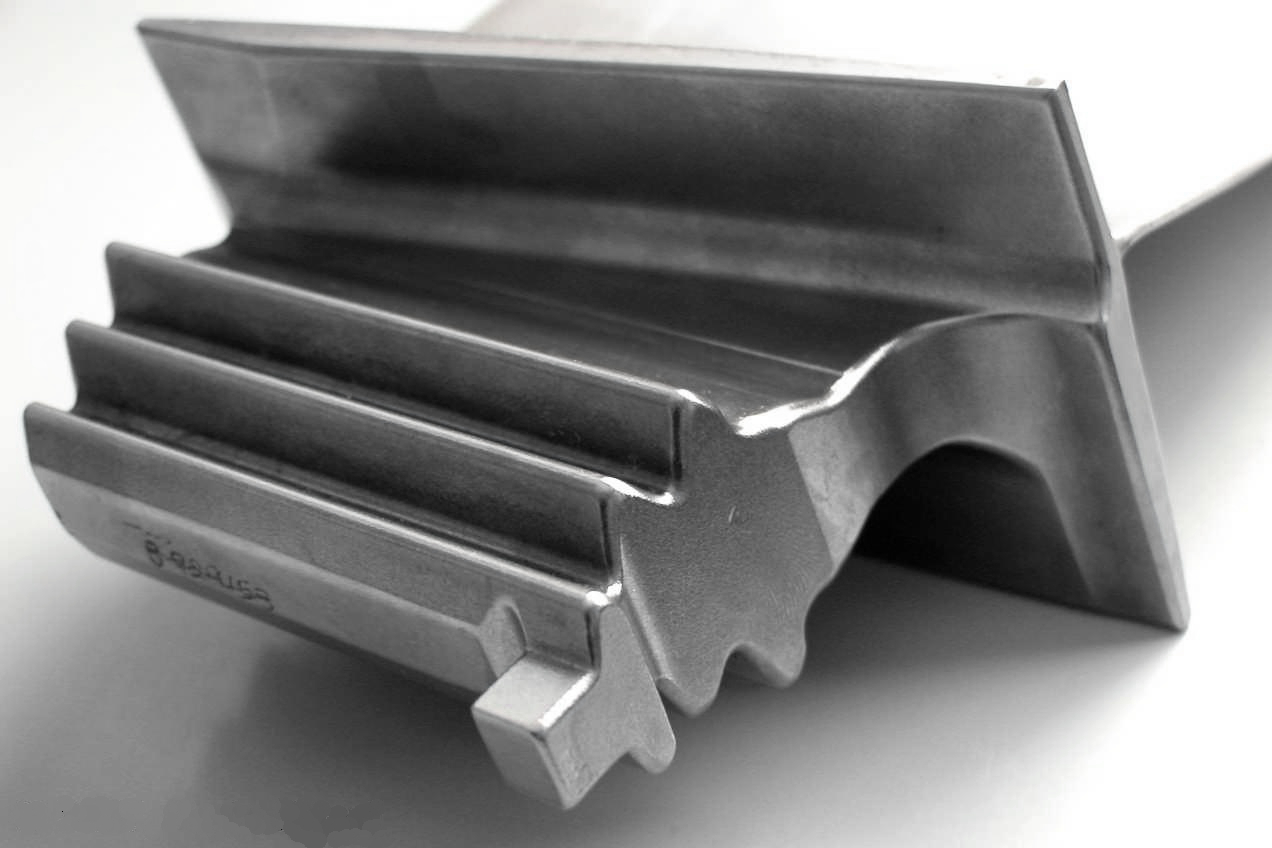Turbine Engine Parts: Advanced Alloy Manufacturing Services for Aerospace Precision
Introduction
Turbine engine parts are critical components in aerospace systems, and they are responsible for powering some of the most advanced aircraft in the world. These parts endure extreme conditions, such as high temperatures, pressure, and mechanical stress, making the choice of materials and manufacturing processes crucial.
Precision is paramount in aerospace manufacturing, particularly for turbine engine parts that must perform reliably in demanding environments. Utilizing advanced manufacturing technologies ensures these components meet stringent industry standards and operate safely.
This blog explores advanced manufacturing services for producing high-quality alloy components for turbine engines, highlighting how precision and innovation drive aerospace performance.
Importance of Advanced Alloys in Aerospace Turbine Engines
Advanced alloys are essential for turbine engine parts because they offer superior resistance to high temperatures, oxidation, corrosion, and mechanical stress. These alloys allow turbine engines to operate efficiently while withstanding the harsh conditions of high-speed flight.
Superalloys and high-temperature alloys, such as Inconel, Rene, and Nimonic, are commonly used in aerospace turbine engines. These materials are known for their excellent mechanical properties at elevated temperatures, making them ideal for components subjected to high thermal and mechanical loads.
Common Turbine Engine Parts Manufactured from Alloys
Several key components of turbine engines are made using advanced alloys to ensure optimal performance and reliability:
Turbine Blades: Designed to withstand high temperatures and mechanical stress, turbine blades are often made from single-crystal superalloys or directional solidified superalloys to avoid grain boundaries that weaken materials under stress.
Turbine Discs: These components connect turbine blades to the rotor and must resist centrifugal forces. They are typically made from powder metallurgy superalloys that provide strength and fatigue resistance.
Shafts: Shafts transmit power from the turbine to other engine parts. Forging high-temperature alloys ensures the necessary mechanical strength and fatigue resistance.
Combustor Liners: Combustor liners must endure intense heat generated during combustion. High-temperature alloys, often with thermal barrier coatings, are used to improve durability and resistance to oxidation.
Manufacturing Processes for Turbine Engine Parts
Casting Methods:
Single Crystal Casting: This method produces turbine blades free of grain boundaries, resulting in better creep resistance and fatigue properties.
Equiaxed Casting: Often used for parts that do not require directional properties, this process provides a uniform grain structure with good mechanical properties.
Directional Casting: A compromise between single-crystal and equiaxed casting, directional casting aligns grains with thermal gradients to enhance thermal fatigue resistance.
Precision Forging: Precision forging improves the mechanical integrity of components like discs and shafts, providing strength and fatigue resistance.
Powder Metallurgy: Used for producing components like turbine discs, powder metallurgy creates parts with fine, uniform microstructures, enhancing fatigue and creep resistance.
3D Printing and CNC Machining:
3D Printing allows for rapid prototyping and complex designs, reducing lead times.
CNC Machining ensures the high precision required for final shaping and finishing, achieving necessary tolerances and surface finishes.
Post-Processing Services for Alloy Components
Heat Treatment: Processes such as annealing, quenching, and tempering improve alloy strength, toughness, and resistance to wear.
Hot Isostatic Pressing (HIP): HIP reduces porosity in cast components, increasing density and integrity, which is significant for high-stress applications.
Thermal Barrier Coatings (TBC): TBCs protect turbine components from extreme heat, extending service life by maintaining lower metal temperatures.
Superalloy Welding and Surface Coating: Welding assembles turbine components, while coatings like anti-corrosion protect and extend part longevity.
Precision and Quality Control in Aerospace Alloy Manufacturing
Quality control is critical for aerospace alloys due to the safety requirements of turbine engine parts.
Material Testing and Inspection: Methods like X-ray inspection and ultrasonic testing ensure parts are free of flaws and meet industry standards.
Non-Destructive Evaluation (NDE): Techniques like radiography and eddy current testing detect defects and ensure structural integrity.
Certifications: Compliance with standards such as AMS and ISO ensures that materials and processes meet aerospace requirements.
Neway's Capabilities in Aerospace Alloy Manufacturing
Neway Precision Works Ltd. is a leader in high-temperature alloy components for aerospace turbine engines. With advanced technologies, Neway produces parts meeting aerospace standards.
The company employs technologies like vacuum investment casting, precision forging, powder metallurgy, CNC machining, and 3D printing, ensuring accuracy and quality.
Comprehensive post-processing services like HIP, heat treatment, welding, and surface coatings are offered, using state-of-the-art equipment to ensure all components exceed standards.
Applications of Turbine Engine Parts in the Aerospace Industry
Turbine engine parts by Neway are widely used in aerospace applications, including commercial and military aircraft, helicopters, and power units.
Turbine Blades: Convert gas energy into rotation while enduring high temperatures without deformation.
Turbine Discs: These discs connect blades to the shaft and endure centrifugal forces, requiring exceptional strength.
Combustor Liners: Lined with TBCs to withstand high temperatures, enhancing combustion efficiency and reducing emissions.
Shafts and Other Components improve engine performance, safety, and fuel efficiency.
Future Trends in Alloy Manufacturing for Aerospace
Additive Manufacturing: Lightweight, complex components can be produced with design freedom, ideal for turbine parts.
Hybrid Alloys: New materials offer improved strength-to-weight ratios and thermal resistance.
Advanced Coating Technologies: Research into new coatings aims to reduce costs and improve thermal resistance.
Sustainability: The sector focuses on eco-friendly practices, including recycling materials from retired engines.
Conclusion
Manufacturing turbine engine parts requires precision due to their crucial role in aircraft safety and efficiency. Advanced manufacturing processes and quality control ensure these parts meet aerospace standards.
Neway Precision Works Ltd. specializes in high-quality turbine engine parts, leveraging advanced technologies for top-notch results in the aerospace industry.
Choosing the right partner like Neway is essential for meeting performance, reliability, and safety standards in turbine engine parts.
Call to Action
For reliable alloy manufacturing services for aerospace turbine engine parts, contact Neway Precision Works Ltd. today.
Visit our website to learn about our capabilities or schedule a consultation. Let us assist you in achieving precision for your aerospace applications.




